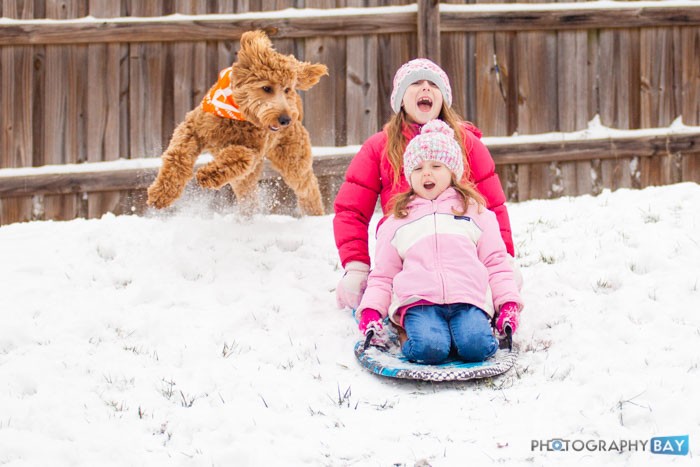
Over the past few years, we have seen limited amounts snow here in Knoxville. As a result, I have spent very little time taking photos on snowy days. I had forgotten just what great lighting you get when there is a nice, white bed of snow on the ground.
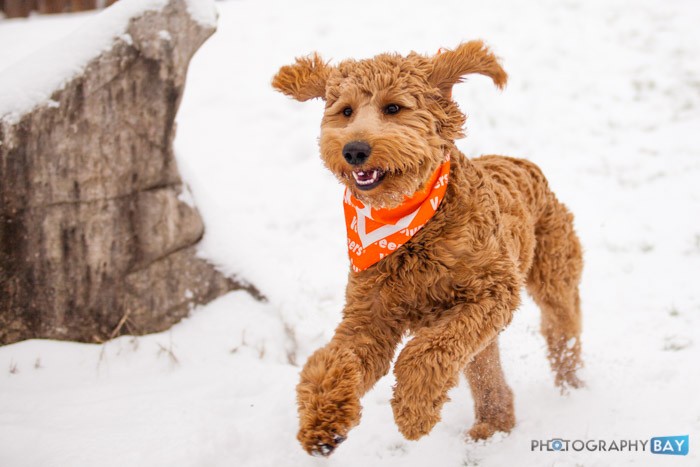
Yesterday, we had around three inches of snow accumulate in our backyard and the kids (and Hank) were chomping at the bit to go play in it. This was Hank’s first snow, so he was double excited.
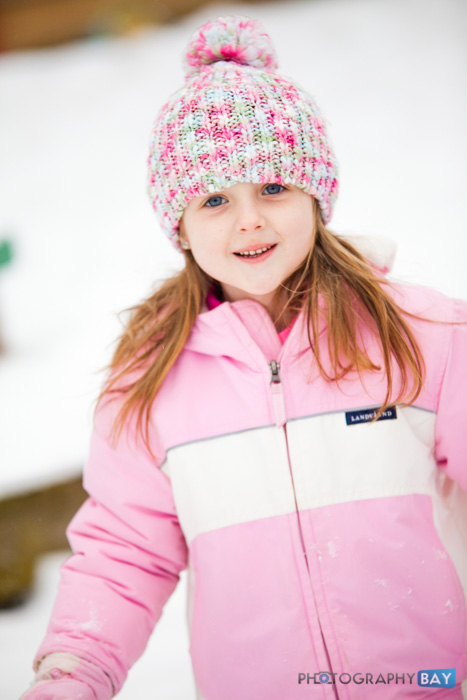
The great thing about snow is that it’s white. And while a blanket of white on the ground can mess with your camera’s metering, if you know how to cope with that, you get this beautiful soft fill light on everyone’s face. Combine a blanket of snow with overcast skies and you end up with a world made up of a giant natural softbox above and below your subjects. It’s like the world’s largest clamshell lighting setup.
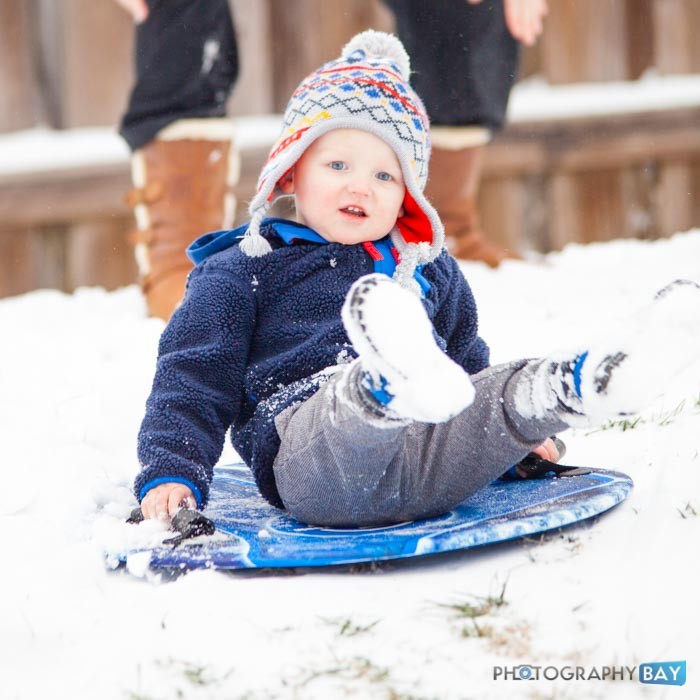
I mentioned that all of the white can mess with your camera’s metering. Essentially what happens is that your camera sees all the snow as overexposed on its way to create a balanced exposure calculation and gives you an ugly, gray-looking snow and underexposed subjects.

Corrected image (left) and in-camera underexposed image due to camera’s metering (right).
One simple way to deal with the camera’s underexposure is to use the exposure compensation settings by dialing it in between +1EV and +2EV depending on what your images are looking like at 0EV. This will bring your images back to a more natural, balanced exposure.
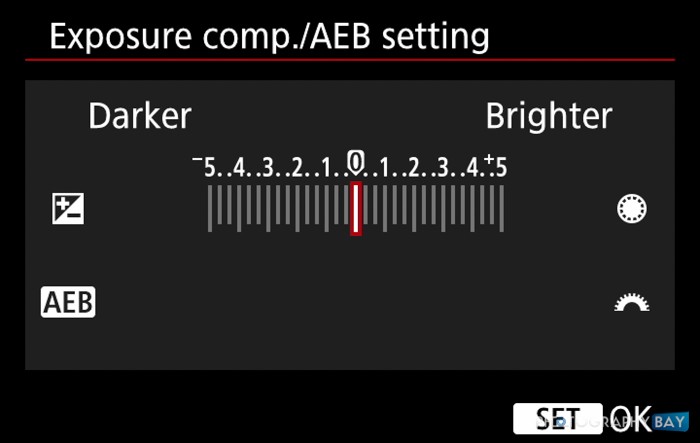
Another option is to shoot in manual mode if you are out in the open with consistent lighting. That means that you will dial in the exposure using your own cocktail of aperture, shutter and ISO settings to achieve a balanced exposure.
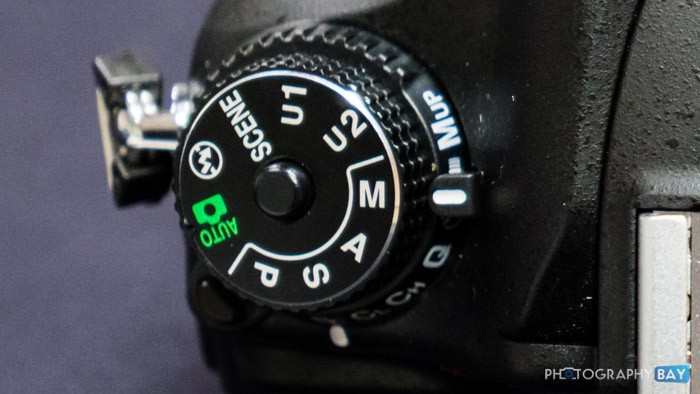
And yet another way to cope with underexposed snow is to shoot in RAW and make adjustments in post processing. This is the least optimal way of doing it (at least in terms of overall image quality); however, with the image quality of modern cameras, it’s not really asking much to push the exposure up a stop or so.

A little confession… I shot at 0EV with Aperture Priority mode at f/2.8 and pushed the exposure in between about +0.8EV and +1.5EV in Lightroom. I know, that’s awful, right? I didn’t nail the exposure in-camera. I cheated by “fixing it in post.” But seriously, the final images turned out just fine for my taste and, honestly, it wasn’t that much more work – adjusting one image and syncing those settings across the range of images.
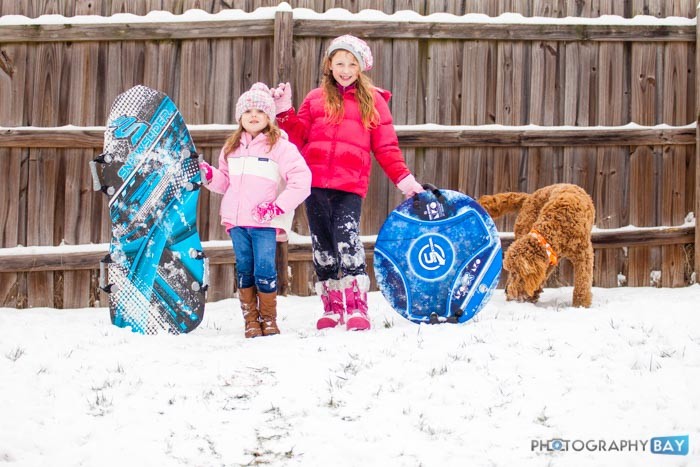
One sure thing though, it would have been better to shoot with +1EV in camera. If we get more snow this weekend, I’ll set that up before I go out the door. Even with the shortcoming, the first attempt left us with some great memories and decent images that we will enjoy forever.
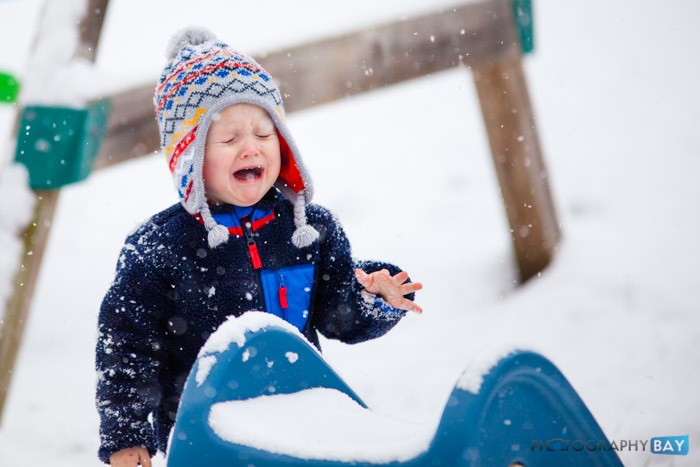
If it’s snowing in your neck of the woods, don’t miss out on the chance to get some great portraits or some snowy action shots of your family and friends. The snow is nature’s free gift to photographers. In the studio, comparable lighting modifiers will set you back at least couple hundred bucks or so…


Hello Eric – I am a regular reader of your newsletter. I have just returned from a holiday in Canada, and as I reside in South Africa, as you can understand, I seldom encounter any snow. Even though I was using a circular polarizing filter, I found trying to get correct exposures with the very bright snow and very deep shadows (particularly in the Rockies) to be difficult due to the range – so for many of my pictures I have used exposure bracketing and I will use HDR in order to try and get correct exposures. I haven’t had the opportunity to do this yet, because I am just recovering from a hard-drive crash, but I am hoping that it solves the problem of over/under exposure.
HDR is another good consideration Terry. I’ll look forward to seeing your results.